Only Pick Hydrangeas For Drying If They Are Firm To The Touch, Shares Judith Blacklock


Elizabeth is a Permaculture Garden Designer, Sustainability Consultant and Professional Writer, working as an advocate for positive change. She graduated from the University of St. Andrews with an MA in English and Philosophy and obtained a Diploma in Applied Permaculture Design from the Permaculture Association.
Reviewed By COLIN SKELLY

Colin is a Horticulturist and Horticultural Consultant with experience in a range of practical and managerial roles across heritage, commercial and public horticulture. He holds the Royal Horticultural Society’s Master of Horticulture award and has a particular interest in horticultural ecology and naturalistic planting for habitat and climate resilience.
Contributions From JUDITH BLACKLOCK

Judith is the author of eighteen best-selling books on flower designs, arrangements and recipes - and is known for teaching at events including the RHS Chelsea Flower Show. She opened Judith Blacklock Flower School in Knightsbridge in 2001, which is accredited by both the British Accreditation Council (BAC) and the American Institute of Floral Designers (AIFD). Judith is a Fellow of the Institute of Horticulture.
IN THIS GUIDE
Dry hydrangeas and you can keep the dried blooms inside your home to bring some colour and interest over the winter months or even for up to a year or so.
Hydrangeas can have a range of different blooms and these are excellent for home displays, both when fresh and when dried.
They are one of the easiest flowers to dry and keep indoors and the process will only take around two weeks.
“Drying flowers is a fantastic way to keep displaying flowers from the garden into the winter,” shares Colin Skelly, a Master Horticulturist.
“Hydrangeas can keep flowering well into autumn, so drying is a great way to bring the outside in as flowers seasonally fade.”
Once you have dried them you can keep them for a year or so, perhaps even longer!

The most challenging thing about learning how to dry hydrangea is finding the perfect moment to cut the blooms.
Cut too early and the flowers are more moisture-filled and will not always dry as effectively, but cut too late and the petals can turn brown.
Moisture-filled hydrangeas can sometimes still be dried effectively but may alter in colour and appearance quite considerably as they dry.
When To Cut Hydrangeas For Drying
When exactly you cut hydrangeas for drying will depend on which specific variety you are growing.
There are a wide range of different hydrangeas and these will not all mature at precisely the same time.
“You only pick hydrangeas for drying or for lasting well in arrangements if they are firm to the touch,” shares award-winning Floral Deisgner Judith Blacklock.
“So, if you put your hand on it firmly and it almost bounces, you know that it will survive. If it’s soft, it will not survive.
“The darker the colour of hydrangea, the more mature it is and the longer it will last.”

Typically, however, hydrangeas are cut to dry towards the end of their blooming season, which is usually some time in August, September or October.
“If you pick hydrangeas any earlier than August, they will not last, so you need to pick them when they are mature on the stem,” adds Judith.
Ideally, it is best to wait until a few of the petals have begun to transition to a softer colour and are developing a more papery texture, but it is best to cut before too many of the petals start to brown.
A few brown spots can easily be removed as you bring them into your home, but, of course, you will not wish to spoil the appearance of the blooms by removing too much material.
Equipment & Tools
You do not need a lot of equipment or many tools to cut and dry hydrangea blooms.
As long as you have access to some hydrangeas, all you need is some secateurs or pruning shears to cut the blooms, and a vase with water if you choose to use the water drying method.
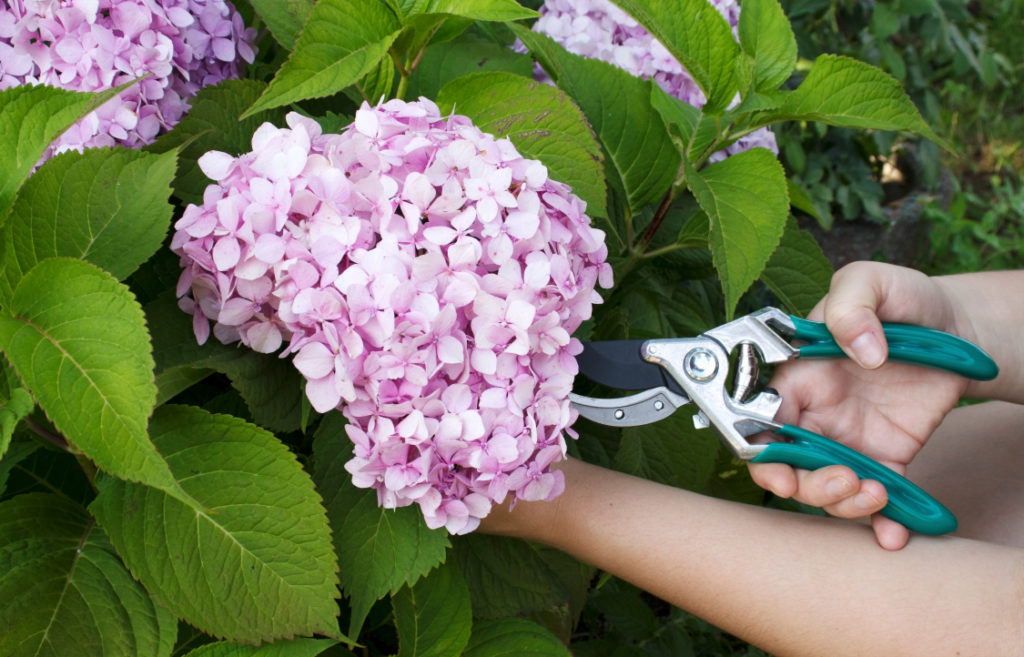
The water drying method is certainly the recommended option since this gentler drying method will mean that it is more likely that your hydrangeas will keep their attractive colour and form, have stronger stems and still look their best after the process is complete.
Preparing The Flowers
The hydrangea flowers which you wish to dry are best cut from the plant early in the morning just after the dew has dried off.
Cut the stems at an angle, making sure that you retain enough of the stem to be able to place them in a vase you have chosen.
Strip all the leaves off the stems and check over the blooms carefully to make sure there are no insects.

Remove any small brown patches or petals.
Drying will emphasise any imperfections in the petals, so it is a good idea to be selective and to pick only the best and most visually appealing blooms to dry.
Water Drying
If you have chosen the water drying method, the next step is simply to place the hydrangea blooms in a vase of water, just as you would when displaying fresh blooms.
Around 5-7cm of the base of the stems should be submerged.
Only place a few blooms in the vase, as overcrowding can affect the drying process and each bloom will require good air circulation to dry and some space to retain their open shape.
Next, simply leave the vase alone.
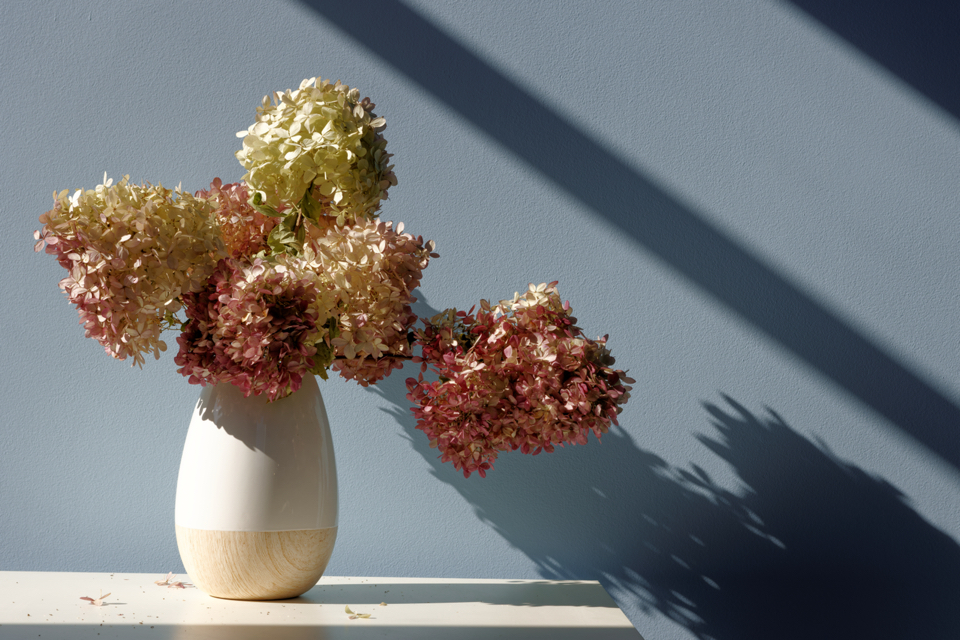
Allow the water within it to naturally evaporate and be used up by the blooms over time.
After a couple of weeks or so, the vase will likely be empty, and the flowers will have dried.
It may take a little longer, depending on the humidity levels and temperatures in your home.
You’ll be able to tell that the flowers have dried when the petals feel papery and stiff and when the stems snap easily.
Air Drying
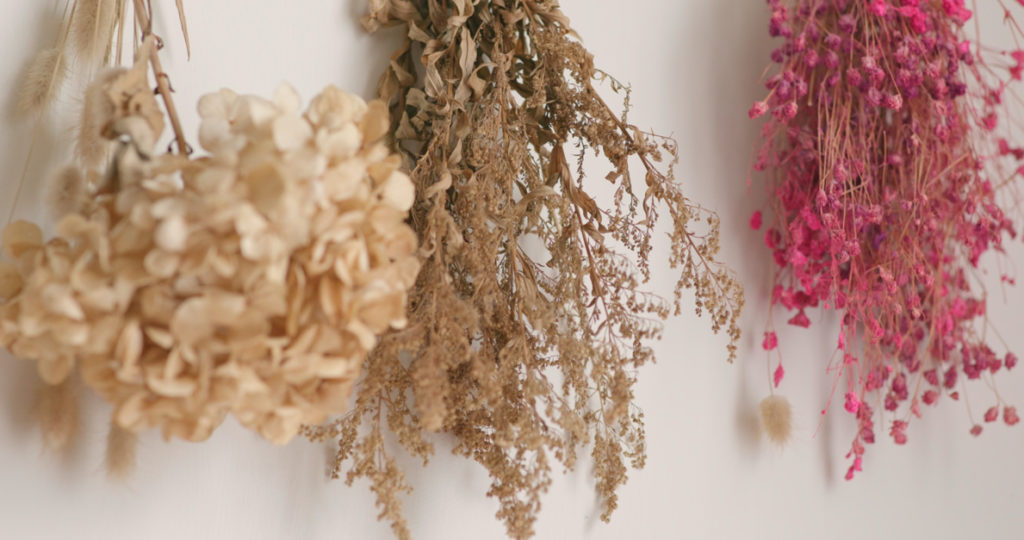
Another method for drying hydrangeas involves simply cutting the blooms and letting them air dry.
This involves arranging the blooms in a vase without water or hanging them upside down to air dry.
Air drying can work, but often the colours will not be retained as well as they are when the blooms are given water and then gradually dried out.
Other Drying Methods
Some gardeners who do not live in rainy areas may be able to leave the hydrangeas to dry more fully on the plant before they bring them indoors.
However, in the UK, flowers will usually turn very brown when dried on the plant, and so their beautiful vintage hues will not be retained.
The downside to all the drying methods mentioned above is that most hydrangeas will not retain the deep and vivid hues that they had when they were at their peak on the plant.
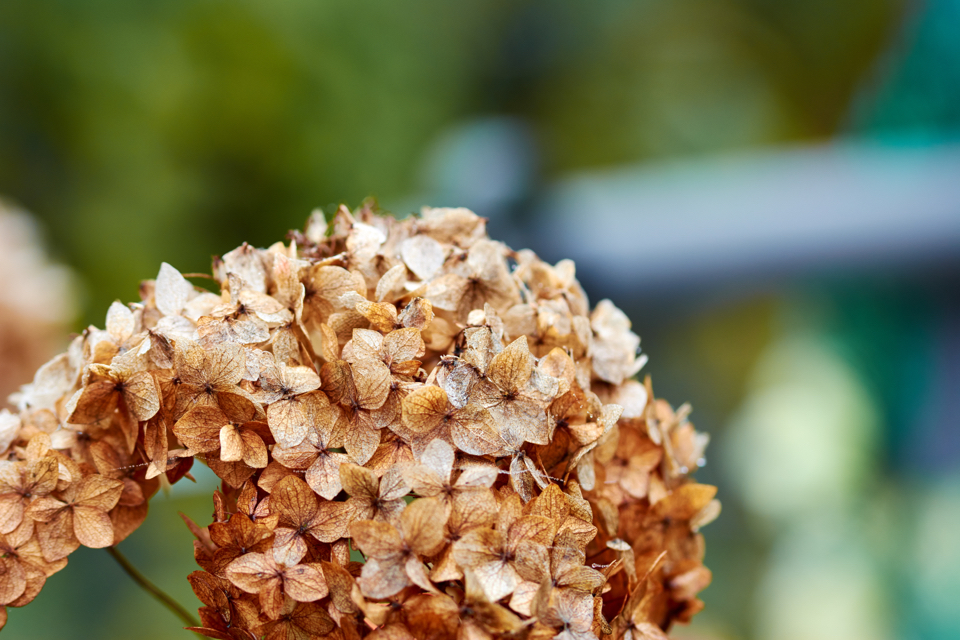
Usually, hydrangeas will lose at least some of their colour and vibrancy when dried.
However, the more subtle and muted tones of dried hydrangea can sometimes be even more beautiful than the vivid hues of summer and it can be interesting to see how the colours change depending on the variety and exactly when you cut them.
For example, some fuchsia pink hydrangea in my garden turns into a beautiful mauve-lavender hue when dried.
If you want the colours and beauty of the petals but are not bothered about retaining the three-dimensional shape, you can also press hydrangea flowers in a press, or between books, to use in crafts.
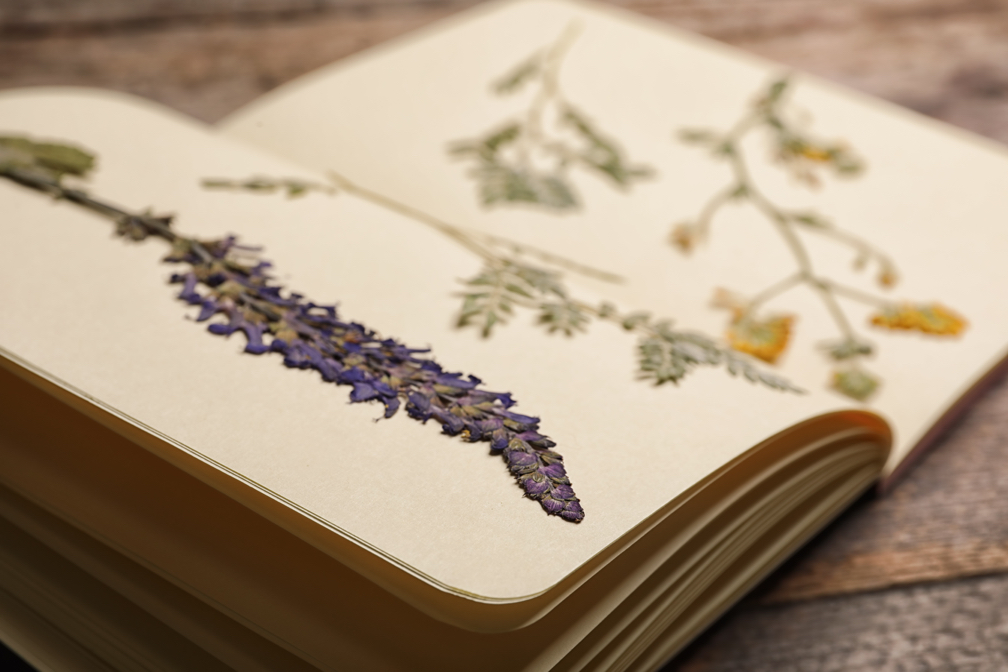
If you do want more vivid hues, then there is one more drying method to consider.
You can suspend hydrangea blooms upside down in a container of silica gel for 3-4 days or so to retain their bright summer colour.
However, this can cause brittle flowers and is not an eco-friendly method.1The Environmental Impact of Silica Gel, Calcium Chloride and Bentonite Clay Desiccants. (n.d.). Micro-Pak. Retrieved March 20, 2023, from https://www.micropakltd.com/assets/images/Resources/RC005-EN-Environmental-Impact-of-Silica-Gel-CC-and-BCD.pdf
It is also more expensive, so it is not typically something we would recommend.
References
- 1The Environmental Impact of Silica Gel, Calcium Chloride and Bentonite Clay Desiccants. (n.d.). Micro-Pak. Retrieved March 20, 2023, from https://www.micropakltd.com/assets/images/Resources/RC005-EN-Environmental-Impact-of-Silica-Gel-CC-and-BCD.pdf
